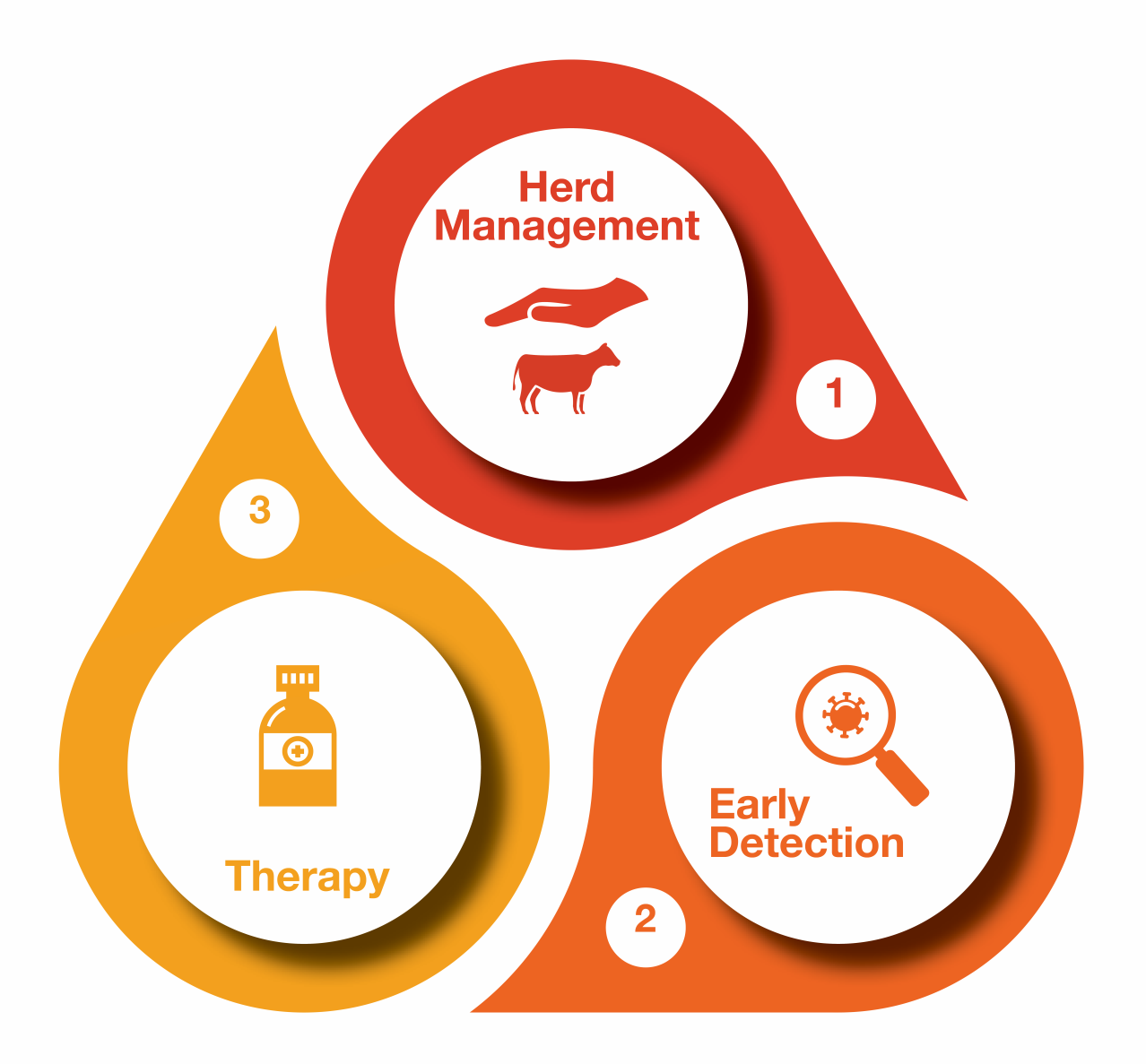Pain management is a vital aspect of animal welfare and sustainable cattle farming. Unaddressed pain not only compromises cow well-being but also leads to reduced productivity and profitability. By recognizing and managing pain effectively, farmers and veterinarians can ensure healthier herds and promote responsible, ethical farming practices.
Pain management in cattle
With the development of cattle farming and increasing awareness around Good Farming Practice, pain management in cattle is an emerging topic in animal welfare discussions. For years, people have thought that cows don’t feel pain. Where did this belief come from?
Pain recognition in cattle is extremely difficult since they are masters at hiding pain and discomfort. To make things a little easier, a few methods have been developed to assess pain. Each method has some limitations, especially since we are dealing with non-verbal patients, but it gives us an overview and proves that cattle do indeed feel pain, like every other living being but express it with a different intensity.
Followed by this understanding, we must bear in mind that all the standard zootechnical procedures, such as dehorning, require multimodal pain management.
Articles
Welfare, pain relief and productivity add
Role of pain management in sustainable dairy and beef production add
Pain management in cattle is a critical component of animal welfare and sustainable livestock production. While pain is common in dairy and beef cattle due to diseases and routine husbandry procedures, it often goes under-recognized and inconsistently treated.
Integrated approach
Dechra supports you with an integrated approach for comprehensive pain relief.

1 Herd management add
Effective pain management in cattle plays a key role in supporting recovery from illness. The easiest way to treat pain is to begin with the cause. Many painful conditions are caused by misinterpretation of the animal’s needs in the housing conditions. Veterinarians play a key role to assess those needs and provide comprehensive advice in order to increase farm performance and animal welfare.
2 Detection add
Recognizing discomfort or pain in an animal is difficult and hard to measure. General signs of pain in ruminants are subtle and include a reduced appetite, dullness, avoidance of human contact, increased body temperature or an increased heart or breathing rate.
3 Therapy add
Limited access to safe pharmaceuticals for food producing species makes effective pain management especially challenging for these animals. For acute pain related to surgery or injury local anaesthetics have shown the best compromise between food safety and efficacy.

